In July 2025, the World Health Organization (WHO), in collaboration with the Drishti Foundation led by Sanjana Chauhan, hosted the Vision Health Champions Conference.
The conference marked a milestone in adolescent eye health advocacy, bringing together WHO experts, ICMR scientists, AIIMS doctors, and CBSE leaders to address the growing concerns of myopia and digital eye strain among India’s youth.
With over 3,000 participants online and 800 in person, the event became a catalyst for national dialogue on preventive eye care. It emphasized practical solutions such as regular vision screenings, balanced screen time, and increased outdoor activity.
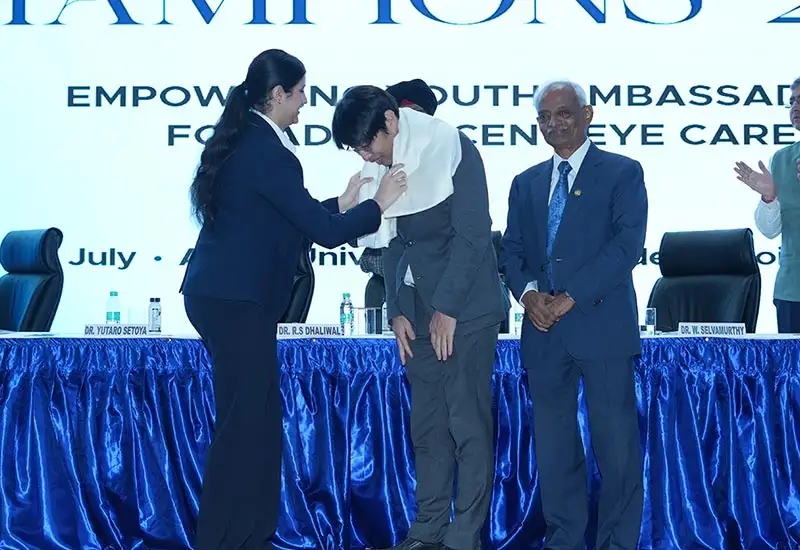
The conference led to tangible policy outcomes, reflecting WHO’s commitment to evidence-based, community-centered action.
One of the key milestones was Sanjana Chauhan’s policy paper submission to CBSE, proposing school-based vision screenings and structured awareness programs on digital eye strain. These recommendations were developed in alignment with WHO’s global vision health agenda, positioning India as a proactive voice in adolescent eye care policy.
The collaboration with WHO strengthened Drishti Foundation’s resolve to expand its outreach across communities most at risk of vision loss. Drishti’s initiatives have reached thousands through free eye camps, screenings, and awareness drives across India.
In cities like Firozabad, the Foundation has addressed occupational eye health challenges in the glass bangle industry by distributing 5,000 protective goggles, facilitating over 250 eye surgeries, and organizing 18 medical camps.
Sanjana’s leadership, recognized by the World Health Organization demonstrates how youth-led advocacy can blend medical credibility, social impact, and policy reform to create systemic, scalable change in eye health across India.
"It was great to see a young girl of 16–17 years, Sanjana, doing such a wonderful job and becoming a youth ambassador. She would be motivating thousands of other students like her, which can become a peer-driven community movement. This will further sensitize children to focus on their health, particularly eye health, encourage community service, create awareness among fellow students, and most importantly, promote healthy habits for eye care—such as maintaining a proper diet and limiting digital exposure."
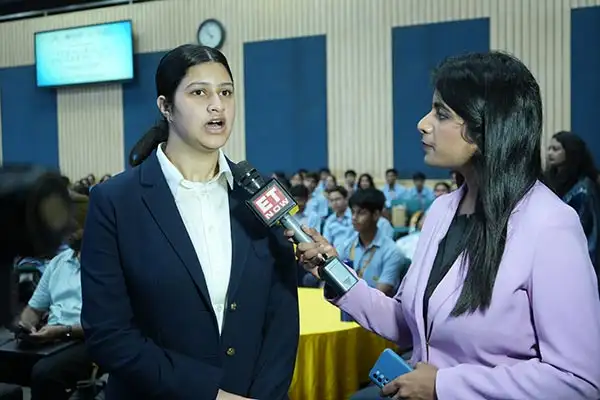
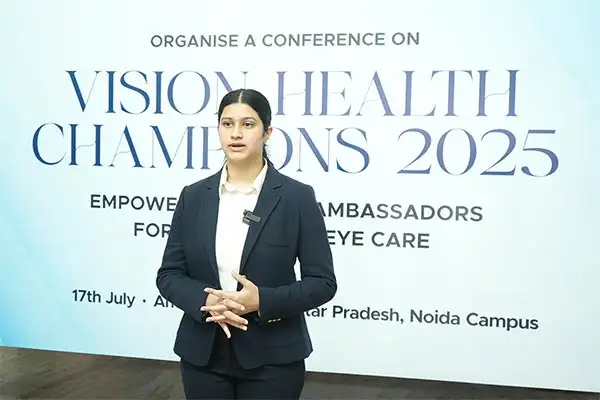
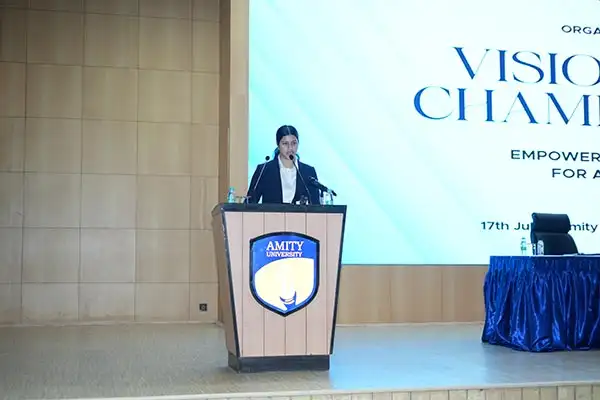
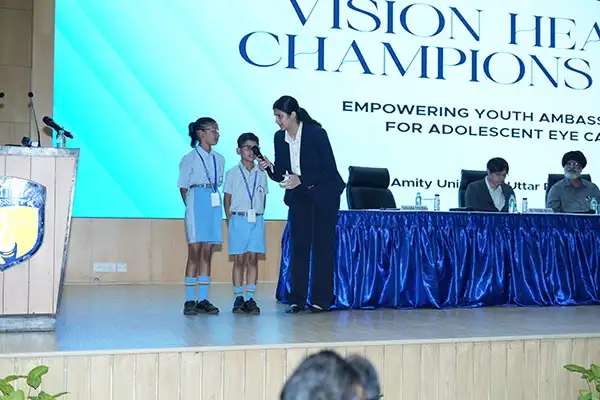
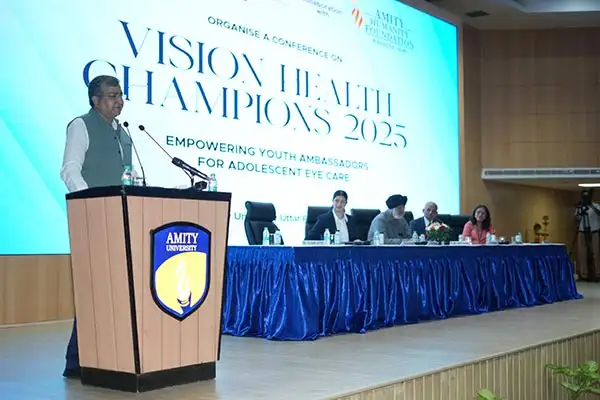
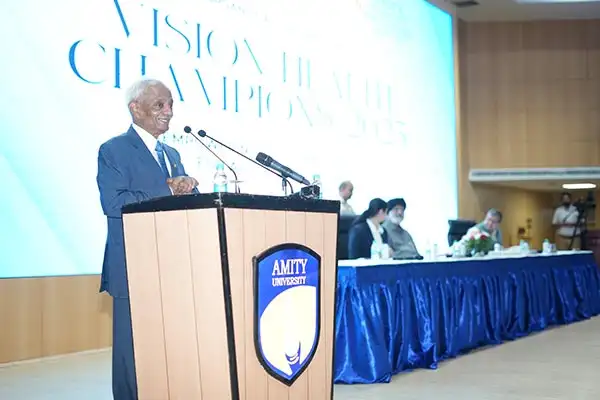
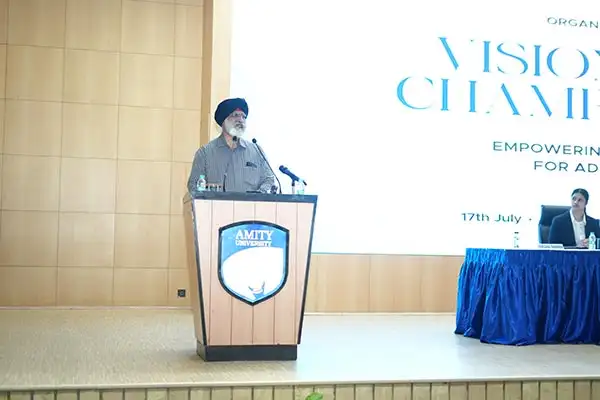
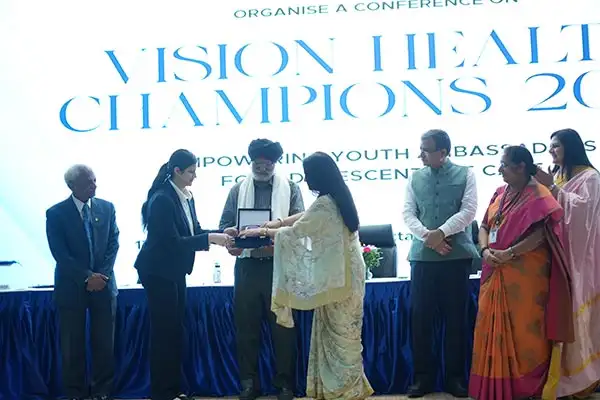
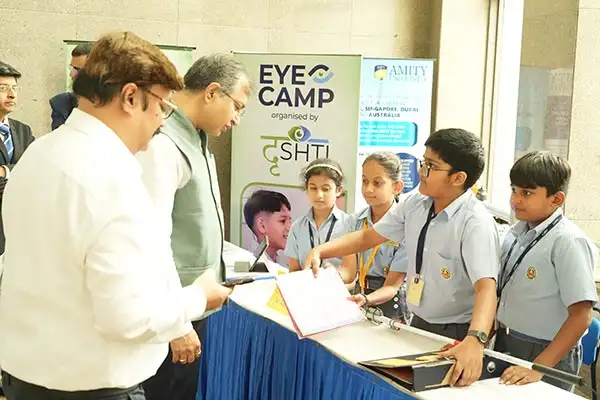

The World Health Organization has collaborated with "Drishti" to promote adolescent eye care across India, aiming to strengthen preventive healthcare and awareness among school-going children. This marks a milestone for student-led social campaigns.

WHO has partnered with "Drishti" to expand eye care awareness programs and screenings for India’s adolescents. This alliance underlines the initiative’s credibility and its potential for nationwide impact.

The WHO partnership with "Drishti" was highlighted as India’s youth-led movement for eye health, empowering students to champion preventive care. The collaboration is seen as a bold step in addressing adolescent health challenges.